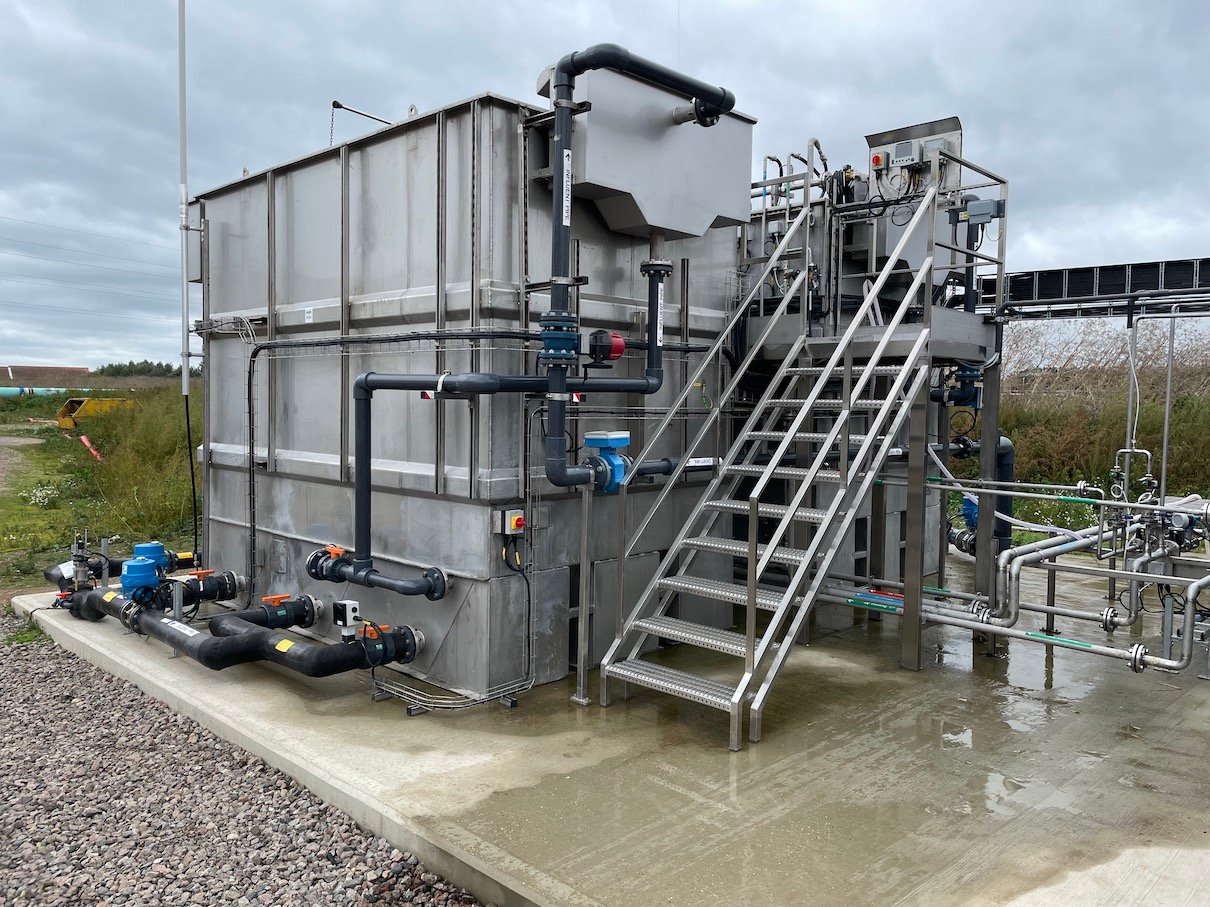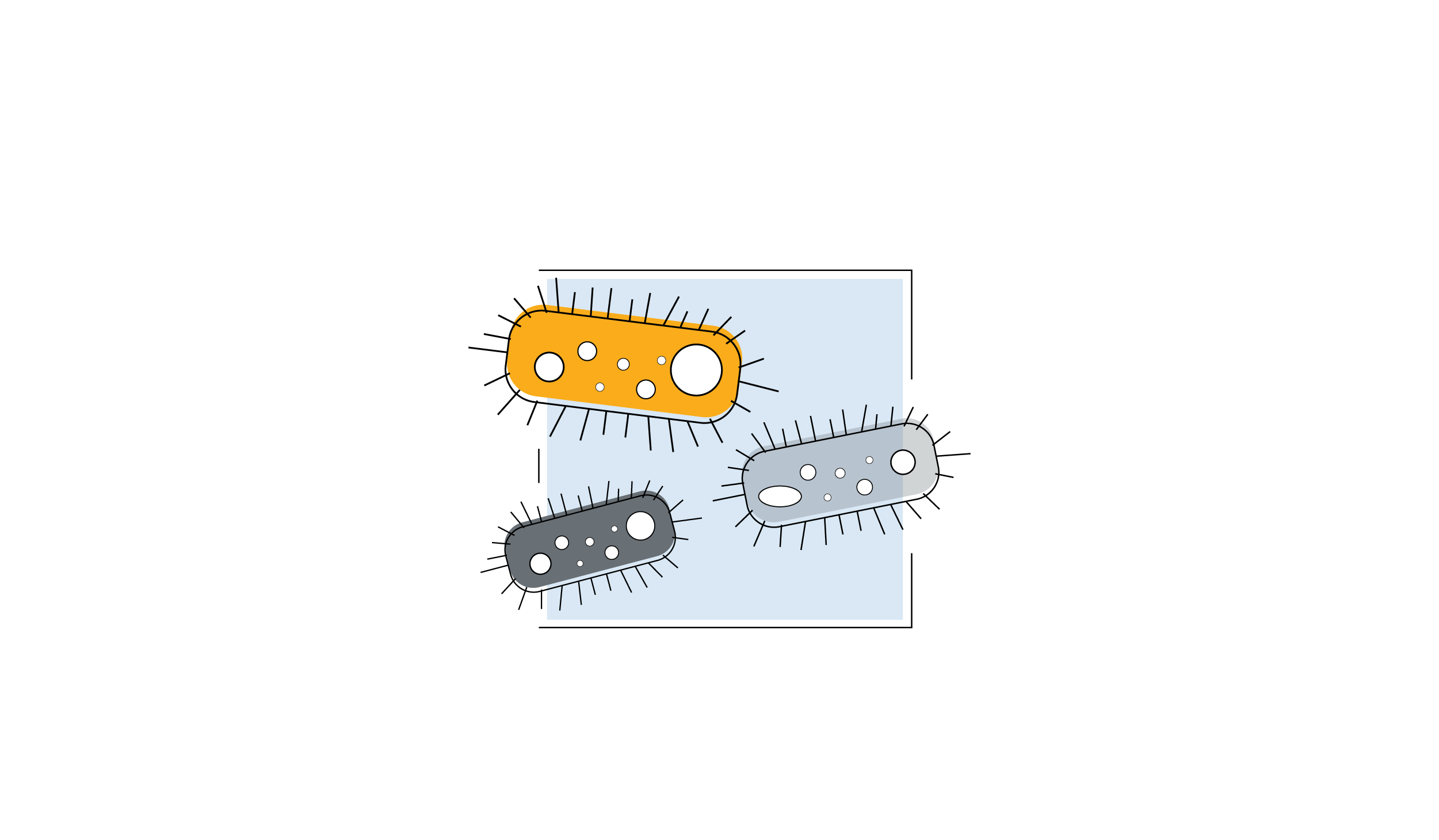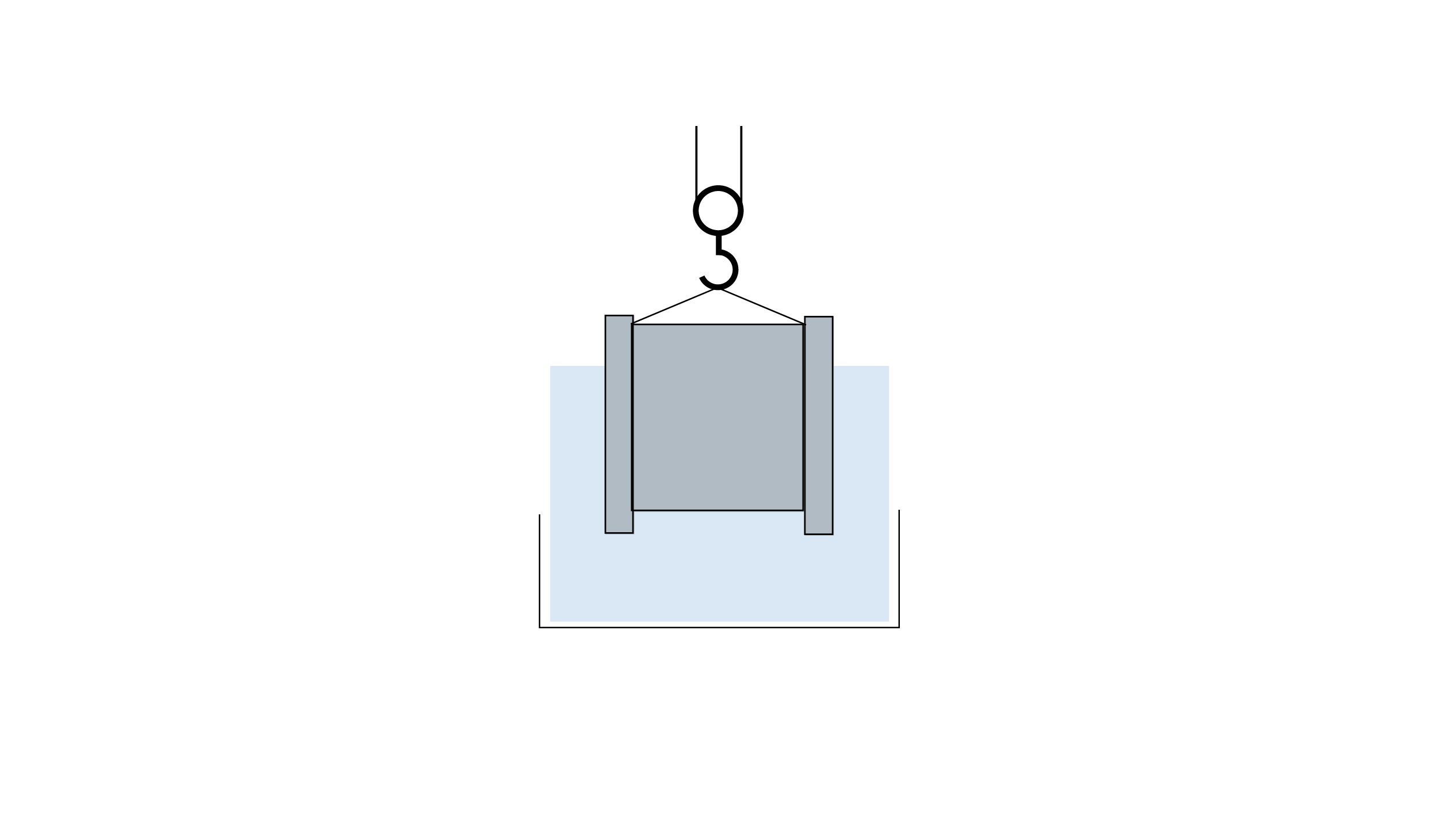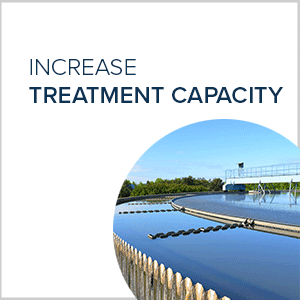Legislation puts pressure on legacy WWTP’s
Some of the harshest wastewaters across the globe may be closer to home than you think.

Thankfully, over the past few decades the world population has turned a corner in terms of increased environmental awareness and the need for a sustainable future. Formal environmental protection agencies and groups have been established, regionally and globally, to both protect ourselves and our natural resources. One area that has gained considerable attention is wastewater. Effluent discharges, especially those from companies into our streams, lakes and rivers are now under scrutiny. Though it has taken tens of years to arrive at this welcomed environmental awareness juncture, and no doubt will take considerably more years from now to engrain in our mindset, the reality is that this first step on this journey has been the easy one. Looking after our planet in a sustainable manner, though possible, is not easy. Step one, saying “we will take action” is always easy…
The hard part comes after the decision to take action has been made. Solutions are then sought and when they are found they must be implemented. Not so easy as step one.
Irish firm OxyMem’s latest wastewater treatment offering, MABR, stands to help literally thousands of established companies across the globe on their quest to comply with newly enforced wastewater discharge legislation.
Companies who have legacy wastewater treatment systems in operation may find the potential enforcement of new discharge standards a serious risk to their future business and for some smaller firms, perhaps their corporate survival. They may find themselves landlocked or with little space available for treatment plant upgrades when considering traditional solutions. In light of this foreseeable trend, MABR technology (Membrane Aerated Biofilm Reactor) has come to the forefront of the wastewater world and is gaining recognition by many as being perhaps the only feasible, practical and yet energy efficient solution for such scenarios. Though an only option may seem a dark cloud, staggeringly the results of MABR deployments to date have proven it holds the lowest operating (OPEX) wastewater treatment solution beyond anaerobic digestion.
The OxyMem MABR takes advantage of a very simple, naturally occurring biological process that has been used to treat wastewater across the globe for hundreds of years. Biofilm technology was once considered a viable, scalable means of treating wastewater when trickling filters were first implemented industrially in Wales during 1800’s. However, since then there had been little evolution in biofilm technology until the past few decades, with the emergence of moving bed bioreactors (moving media) in place of fixed bed reactors (static media).
In recent years, the significant power consumption of moving bed bioreactors in a world eager to drive down carbon emissions and minimise energy usage, has drawn attention to this alternative advanced media based wastewater treatment solution; one that is emerging as a preferred option to many. The flexible, enhanced media offers a paradigm shift within the world of wastewater treatment; a semi-rigid media, capable of moving naturally with the water current but still within a fixed assembly is rich with air or oxygen, and provides extremely high oxygen transfer rates, reduced footprint and the lowest whole life cost of all solutions on the market today. This enhanced biofilm media technology is referred to as MABR.
Non-disruptive-to-existing process drop-in MABR modules provide increased biological capacity to most plants and provide an alternative to building new tanks or having to change an overall process treatment stream to a completely new one in order to meet future discharge consents. The integration of an MABR system may also facilitate Phosphorous removal on existing plants as it frees up currently required reactor space.
Each single OxyMem drop-in MABR module can take pressure off a struggling facility or improve the effluent quality. As the aerobic “layer” is the innermost layer of an established, attached biomass, OxyMem’s MABR also serves to protect the aerobic biology from shock loads (eg. Toxins, CIP chemicals); preventing it from getting washed out of the system during high flows.
Summary
Many wastewater plants (industrial and municipal) are reaching the end of their natural life with some operating close to capacity. Ever tightening effluent discharge consents stand to threaten some businesses and a default response may be to ignore the problem fearing the investment needed to upgrade or replace the existing plant (assuming the additional landbank is available). With OxyMem it is possible to extend the capability of an existing legacy plant with minimal investment and an extremely low ongoing operational cost, ensuring that plants and businesses can continue to operate, more efficiently and without disruption. The company, our environment, and our population benefit.
John McConomy is the Commercial Director of OxyMem. About John McConomy
OxyMem : Smarter Treatment






